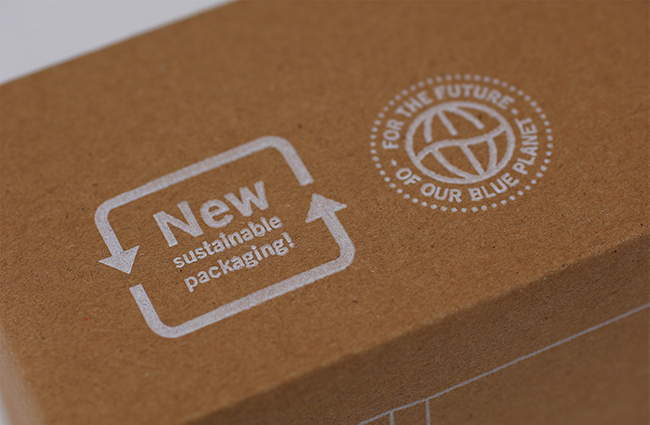Laser printers have revolutionized the printing industry with their speed, precision, and high-quality output. However, like any technology, they are not without their disadvantages. In this blog post, we will delve into the lesser-known drawbacks of laser printers, shedding light on the potential challenges they pose in various aspects.
- Environmental Impact:
While laser printers excel in terms of efficiency, they have a significant environmental footprint. The toner cartridges used in laser printers contain harmful chemicals, such as volatile organic compounds (VOCs), which contribute to air pollution. Additionally, the energy consumption of laser printers is relatively high, leading to increased carbon emissions. These factors make laser printers less eco-friendly compared to other printing options. - Health Concerns:
One of the major disadvantages of laser printers lies in the potential health hazards associated with their use. The toner used in laser printers contains fine particles that can be released into the air during printing. These particles, known as particulate matter, can cause respiratory issues, especially for individuals with pre-existing conditions such as asthma or allergies. Moreover, some toners may emit hazardous substances like ozone, which can lead to eye and throat irritation. - Cost Considerations:
While laser printers offer high-quality prints, they come with a higher initial cost compared to inkjet printers. Laser printers require complex mechanisms, including a laser beam, drum, and fuser, which contribute to their higher price tag. Additionally, laser toner cartridges are more expensive than ink cartridges, making ongoing maintenance costs higher. For individuals or small businesses with limited printing needs, the upfront investment and ongoing expenses may outweigh the benefits of laser printers. - Limited Media Compatibility:
Another drawback of laser printers is their limited compatibility with certain types of media. Laser printers are primarily designed for printing on plain paper and may struggle with specialty papers, such as glossy or textured materials. The heat generated during the printing process can cause issues like paper curling or even damage to delicate media. This limitation restricts the creative possibilities for users who require diverse printing options. - Size and Noise:
Laser printers are generally larger and heavier compared to inkjet printers, making them less suitable for small office spaces or home use. Their complex internal components and additional features contribute to their bulkier design. Moreover, laser printers tend to produce more noise during operation due to the mechanical movements involved. This can be a significant drawback for those seeking a quieter working environment.
Conclusion:
While laser printers offer numerous advantages, it is essential to consider their disadvantages before making a purchasing decision. The environmental impact, potential health concerns, higher costs, limited media compatibility, and size/noise issues should be carefully evaluated based on individual needs and preferences. By understanding the drawbacks alongside the benefits, users can make informed choices and explore alternative printing options that better align with their requirements.



